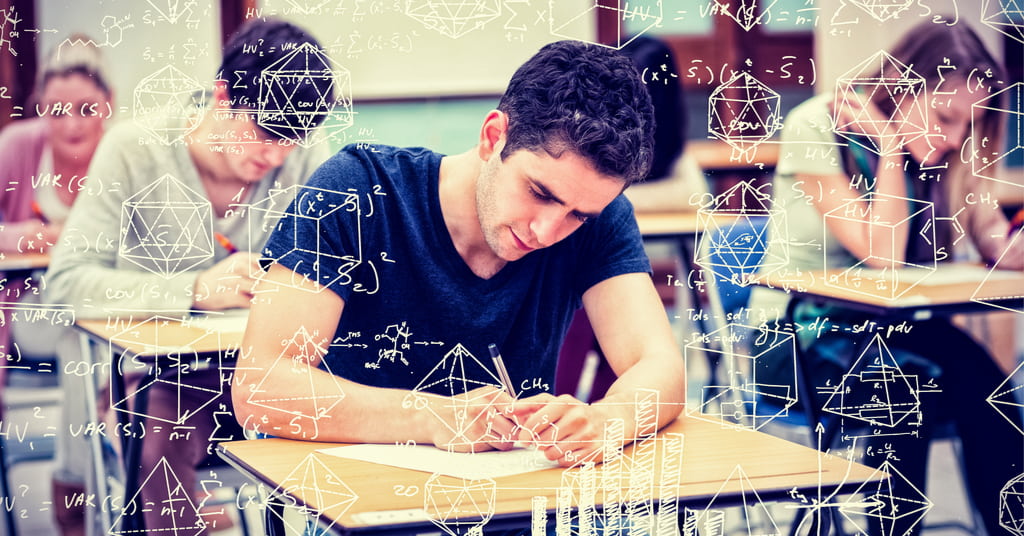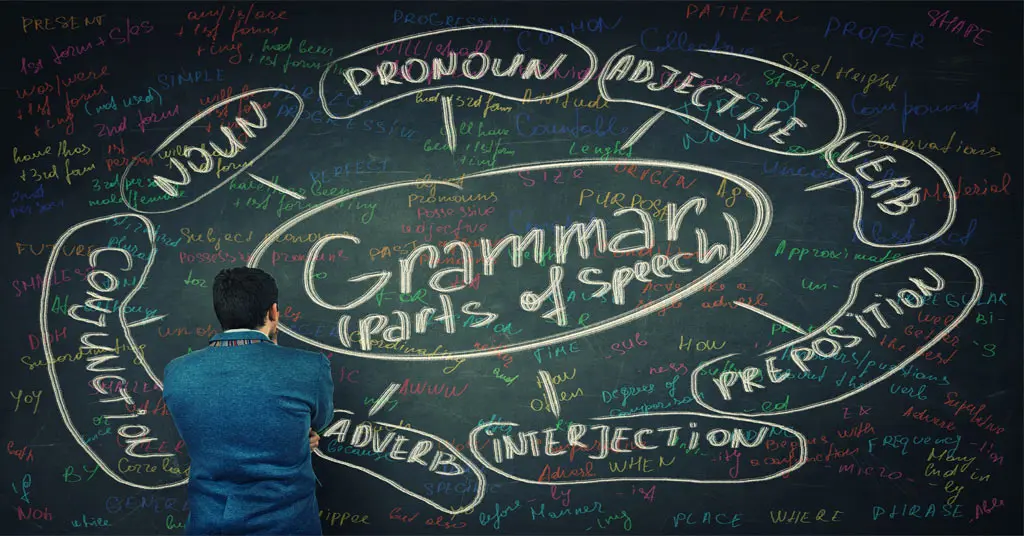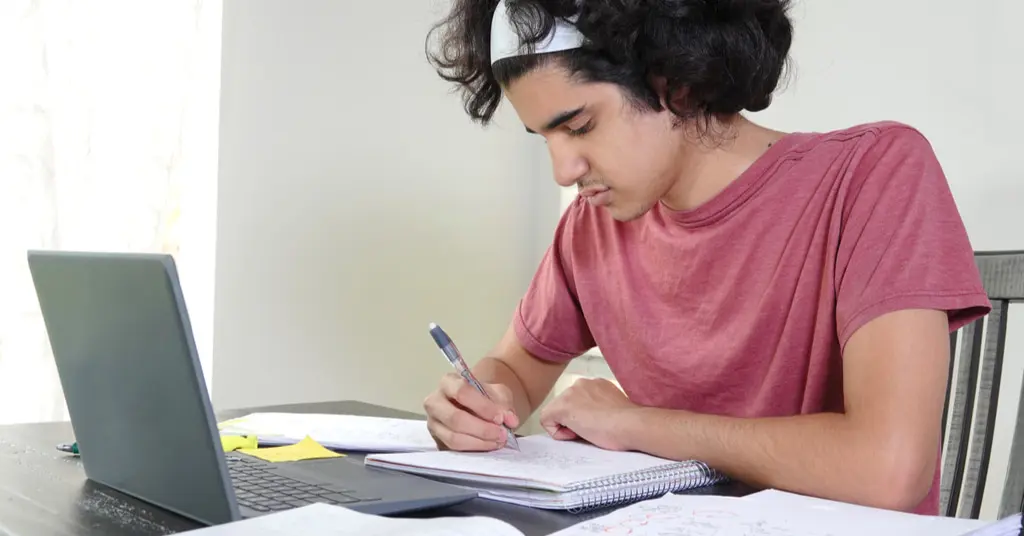Passport to Advanced Math questions make up 16 of the 58 questions on the SAT® Math exam. These questions will assess your skills working with polynomials and complex equations and expressions. You will find questions that ask you to rewrite expressions or use contextual information (like a word problem) to write a quadratic equation or a quadratic function.
You should know how to solve exponential functions, exponential equations, and exponential expressions. You should also know how to solve radical equations. This type of question will build off skills that you have mastered for both the Heart of Algebra questions and the Data Analysis and Problem Solving questions. Expect to see questions that ask you to make connections between algebraic structures and graphic data.
You can also expect to answer questions about systems of equations that contain both linear and nonlinear equations.
Here are some strategies to try out in your practice work. See what works for you! You may be able to boost your score or improve your time management skills with these tips.
1. Simplify your tasks by understanding the question
When working with complex equations or expressions, it is easy to get overwhelmed. Some Passport to Advanced Math questions require many steps or deep conceptual understandings to solve, but some problems are more simple than they appear.
If you find yourself becoming overwhelmed or choosing to guess before attempting to work it out, try to simplify your tasks. The SAT exam will try to trick you with wordiness or confusing phrasing.
Make sure that you understand what the question asks of you. You should know that just because a question requires many steps, it does not mean you lack the skills for solving.
2. Get comfortable with graphs
Making connections between a graphic and an equation, expression, or function can be tricky. Get familiar with reading graphs in your practice work to avoid silly mistakes. You should be able to identify a graph that represents a function.
You should know how adjustments to a function or equation create reactions or shifts in a graph. You should also know how to decipher the number of solutions an equation has, how to describe intervals in a graph, what intercept values mean, how to use a graph to find the domain and range of a function, and how to use a graph to find the maximum value and minimum value of a function.
3. Strategize when solving radical equations
You may have to solve radical equations for Passport to Advanced Math questions. You can strategize this task by squaring both sides of the given equation. If you choose to solve this way, be aware that there is a chance that your solution will be extraneous.
Always check that your solution functions in the initial equation.
You can apply these tips and strategies to your practice work. Try out UWorld’s SAT online learning tool to work through thousands of practice questions. This digital resource offers performance tracking tools to trace your improvements and areas that require attention.
It also provides detailed question explanations to learn from your mistakes and guide your understanding (which can be especially helpful for the complicated or lengthy questions that fall under the Passport to Advanced Math category).
Try it out to streamline your study plan and maximize your scores in the Math section of the SAT exam.




